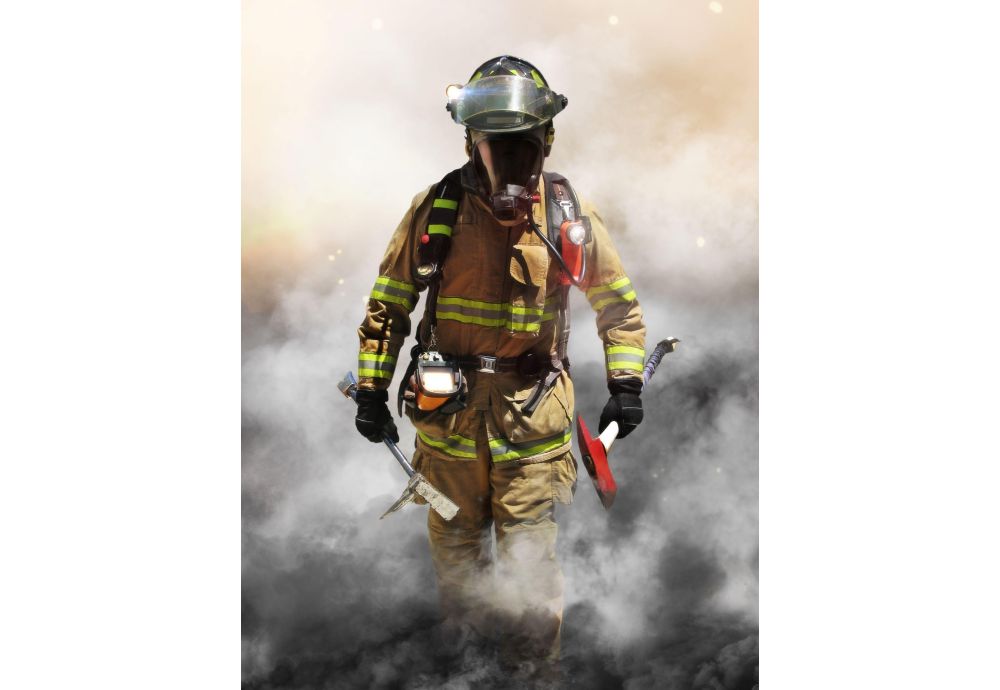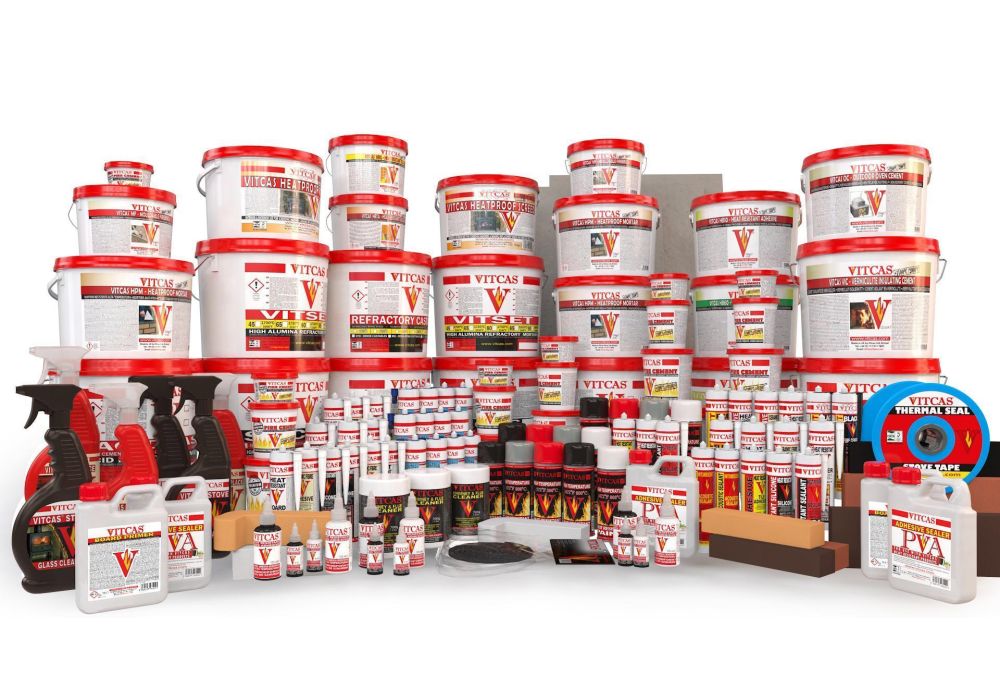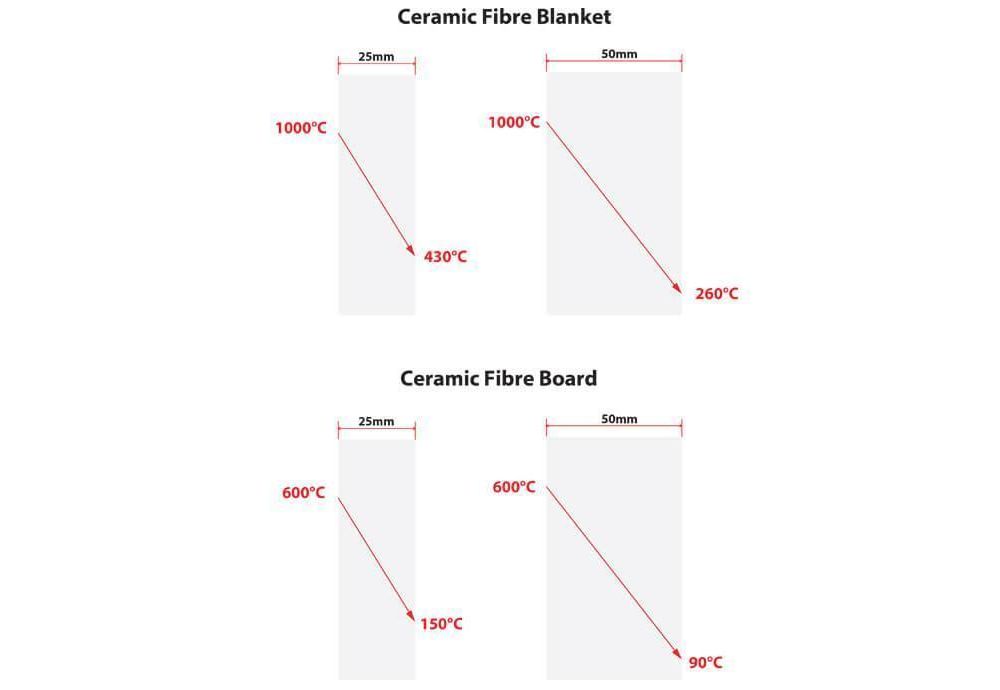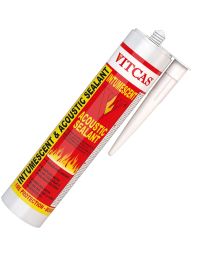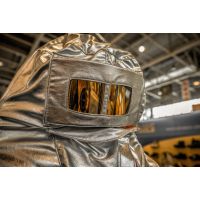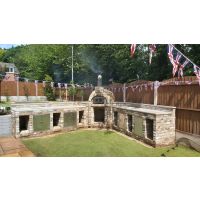A fire can be catastrophic and at times, it can be tough to recover from the damage. It can cause property damage and in the worst-case scenario, loss of human lives. You will end up losing thousands of pounds and will have to spend an equal amount of money for restoration and rebuilding.
As such, you must have a formidable fire protection system in place as they help to contain, stop and eliminate the spread of fire and minimise the damages.
When it comes to fire protection systems, there are two kinds—active fire protection and passive fire protection systems. These two fire protection systems aid in stopping and containing fire threats. They can work well alone but together, they offer maximum protection.
Although they are complementary, they perform fundamentally different tasks.
Here is everything you need to know about active and passive fire protection systems, the difference between active and passive systems and why you need them both.
Active Fire Protection Systems: What Are They And How Do They Work?
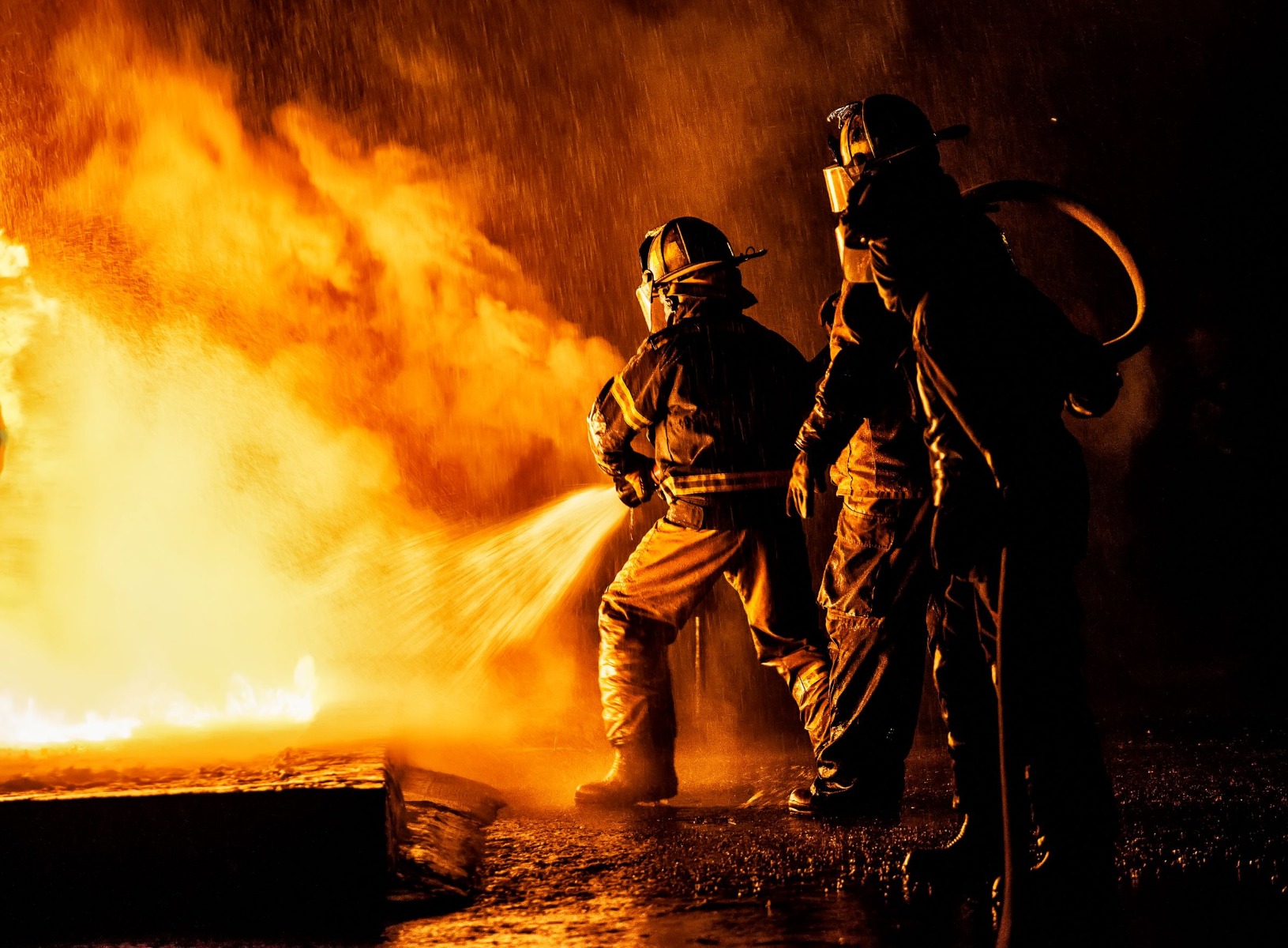
Active fire protection (afp) involves various measures and products that most people often associate with fire safety and protection. Usually, they are immediately visible. As such, it can be said that they have an ‘active’ presence.
Active fire protection systems generally fall into the following categories:
Detection
This category of active fire protection system involves products that either alarm a building’s occupants about a fire or detect heat, fire or smoke. The most obvious examples of fire detection include fire alarm systems and smoke detectors.
Suppression
This type of active system can either be wielded by experts or activated to eliminate fires. They typically use inert gases, foam and water and some examples include fire hoses, pump water into sprinkler systems and fire extinguishers.
Ventilation and Evacuation
Most buildings use fire protection products such as automatic vents and fans to clear the smoke from stairwells and corridors so that people can have enough time to safely evacuate the building. Some active systems feature automatically closing fire doors as opposed to manually operated fire doors. Additionally, intercom and emergency escape lighting systems are essential in facilitating evacuation.
A common characteristic of active fire protection systems is that they all react to motion and action. For instance, fire alarms must be activated to notify the presence of a fire. Similarly, you must actively use fire extinguishers to put out the flames. Lastly, sprinkler systems are automatically activated to douse the flames.
Passive Fire Protection Systems: What Are They And How Do They Work?
Passive fire protection mechanisms comprise structural fire protection measures intended to reduce the risks of fire damage. Risks involve the occupant's safety and the financial damage incurred as a result of the fire. The passive fire protection (pfp) mechanisms work in different ways to mitigate fire damage.
These measures may include reinforcing load-bearing structural elements such as beams, partitions and columns for increased durability in the event of a fire or dividing the building into manageable spaces to restrict the spread of fire and passage of smoke and flames.
Passive protection systems typically involve one or many of the following measures:
Compartmentation
Through compartmentation, fire and smoke are contained to a specific area in a building. This not only provides a clear escape path but protects the structural integrity of a building. Compartmentation can occur in various forms. For example, contractors can erect specially designed partitions and barriers to contain smoke and flames. These partitions and barriers are generally made with fire resistant materials.
Intumescent Fireproofing
This passive fire protection includes applying a protective coating to structural steel which is typically applied as a thin film layer or sprayed (with intumescent paint). The coating possesses chemical properties that expand when exposed to high temperatures, forming an extra layer around columns, steel beams and other structural elements.
This extra layer extends the duration of the steel to withstand high temperatures while keeping its basic functionality intact.
Fire Stopping
Fire stopping consists of inspecting the walls, floors, ducts, pipes and joints of compartments for any non-compliant openings or gaps. After that, existing potential compartment breaches are rectified with fire-resistant materials.
At times, tradesmen can inadvertently compromise a fire-resistant structure. Plumbers, electricians and other professionals can also create cavities in ventilation ducts, walls, ceilings and floors while working. Even the tiniest of cavities can allow smoke and fire to spread. As such, identifying concealed spaces and filling these cavities is also considered a part of the fire-stopping mechanism.
Fire Doors
The primary purpose of fire doors is to offer a clear escape means. They are also an important part of a building’s compartmentation strategy. They are generally reinforced with a cold smoke seal or intumescent strips which greatly increase fire resistance by preventing smoke passage. As such, fire doors are important passive fire safety measures.
N.B. Regardless of what type of fire suppression systems you want to opt for, they must always be carried out by seasoned professionals and experts.

Working Together For Optimum Protection
For adequate fire protection, you will need both active and passive fire systems. Active systems help people to flee from the flames but they often possess room for error. For instance, if the pipes in the sprinkler heads freeze, they will cease to function and this can be disastrous during a fire. As such, buildings also require passive fire systems to be installed.
Both fire suppression systems work together to ensure total protection of your building. For instance, passive smoke fire curtains can direct smoke toward the vents and after that, they can be flushed away. Alternatively, the passive fire systems can contain the fire in a specific area so that the fire suppression system can douse off the fire quickly.
New buildings can be installed with passive systems and flame-resistant materials. On the other hand, old buildings can be fitted with smoke panels and curtains for an additional layer of protection and to optimise the efficiency of existing active fire protection measures.
As emphasised before, if possible, you should install both active and passive systems to maximise the fire protection of your building. Working together, they can help to prevent extensive property damage and help to prevent or at least reduce financial loss and most importantly, to save lives.
Key Takeaways
-
Both active and passive fire safety systems are vitally important to protect your building, occupants and assets. You need the two elements for optimum protection.
-
Active and passive fire protection measures play different functions but they work together to prevent or control fires and assist with evacuation and emergency services, whenever necessary.
-
When it comes to both active or passive fire protection, correct installation and ongoing maintenance is necessary. As such, you must always consult professionals and experts regarding installation.
-
In commercial premises it is a legal requirement to carry out a fire risk assessment to determine the fire hazards and the fire protection requirements of the building. Part of this will involve posting a plan of the building showing the location of electricity and gas services along with the escape routes. This will be used by the fire service when they attend a burning building. Another key element is to determine the optimum locations for fire extinguishers.
Conclusion
When carrying out new building projects or upgrading your building's fire protection, you must always consider installing both active and passive fire protection systems as part of your fire safety strategy. As long as the passive fire protection system is up-to-date, the occupants of the building can relax, safe in the knowledge that in the event of a fire, they would have ample time to escape. Active and passive fire safety measures are both capable of fighting fires and work to protect lives, especially when they work together.






